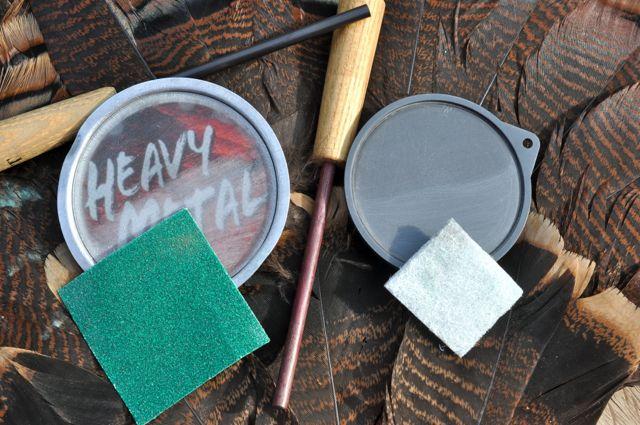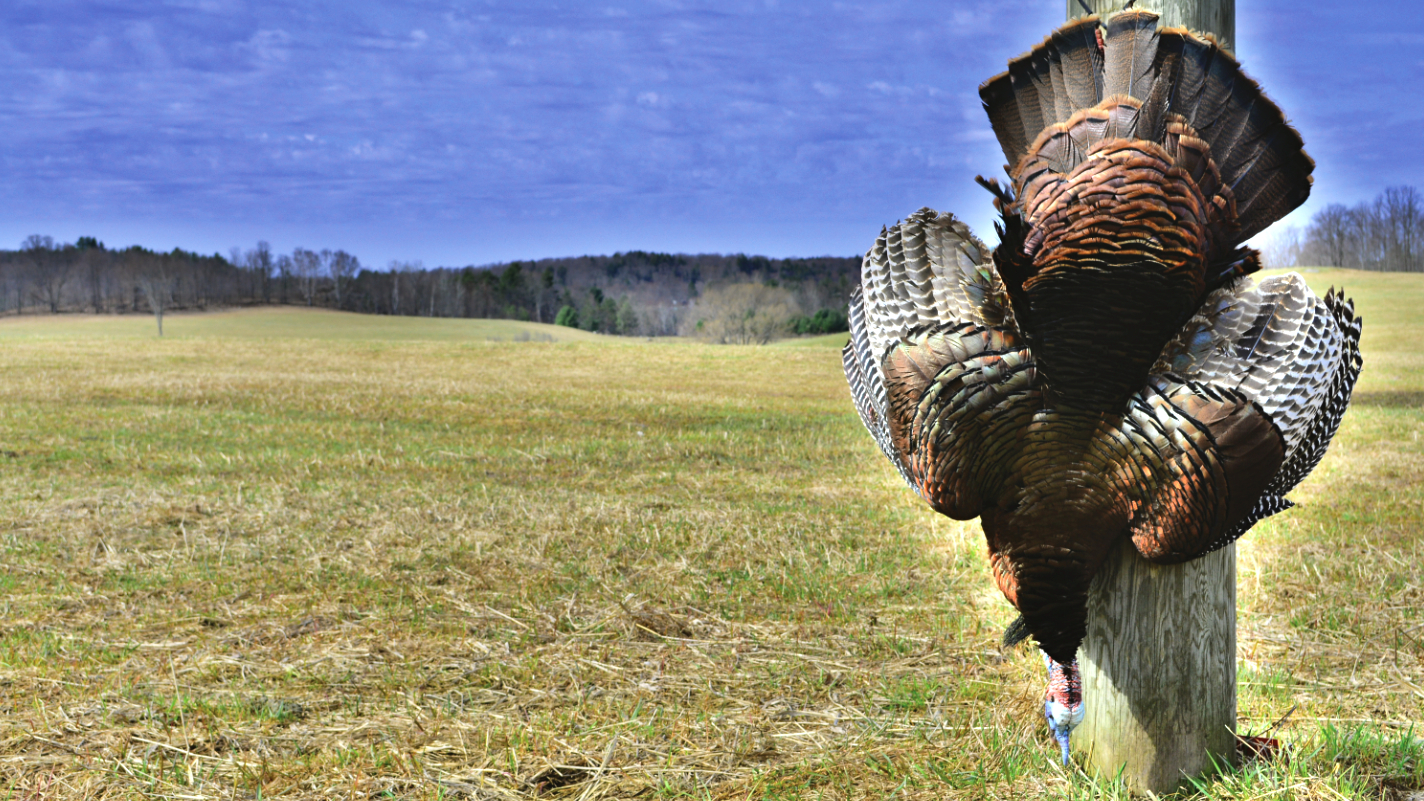Sound check
Before hitting the turkey woods, make sure your calls are up to the task
Advertisement

POT & PEG
With this call, it’s the friction between the rough surface of the pot and the tip of the striker peg that creates the realistic-sounding turkey vocals. It’s the simplest call to maintain, but it needs touching up more frequently.
Cleaning
Advertisement
Avoid grime and moisture, especially since the rough calling surface acts as a dirt magnet. Avoid touching both it and the peg tip. Keep everything in a clean pouch—not the one with the peanut butter sandwich. If the pot gets contaminated with grime or oil from your hands, wipe it clean with rubbing alcohol on a clean cloth or cotton swab. The alcohol will dry quickly and leave no residue.
To clean the peg, place a plastic scrub pad in the palm of your hand and rotate the tip of the striker on it using light pressure. Keep the peg straight up, perpendicular to the pad. You don’t want to change the shape of the tip, just remove any accumulated grime.
Conditioning
Advertisement
In order to create friction with the peg, the surface of the pot needs to be roughened up, or conditioned, whether it’s old-fashioned slate or ultra-modern ceramic, crystal, glass or metal. To get the job done, the manufacturer will provide or recommend an appropriate abrasive pad or tool that won’t grind away too much of the surface and shorten the lifespan of the call.
A pot can become unconditioned by sliding around and rubbing on things in your pocket as you walk. To avoid this, keep the pot in its own snug pocket. Even still, the surface may need a quick touch-up to ensure it’s in top calling form.
When conditioning the surface, sand back and forth horizontally across the call, holding it in the same position as when you call. This way, you’ll know exactly what sound it will make every time you put the peg to the pot because the grooves will always run the same way. And since you typically pull the peg towards yourself, you’ll be running the striker across the horizontal grooves, which makes the best sound with the least pressure and effort.
Pots can also be conditioned by sanding with a circular motion, but the consistency drops a little and you’ll have to have to know the sweet spot on your call and hit it right every time. Deciding between circular or horizontal sanding matters less on fine-grained slate calls than on glass, crystal or metal calls, which need a rougher surface.
After sanding, it’s important to remove the loose dust or it will fill in the pores of the striker tip and the grooves on the pot surface, reducing friction. Turn the call upside down and tap the rim on something hard if you’re not hunting. If you’re in the field and can’t make noise, gently blow off the dust, being careful not to leave saliva behind.

